Wat Chong Kham and Wat Chong Klang: Timeless Twin Temples of Mae Hong Son
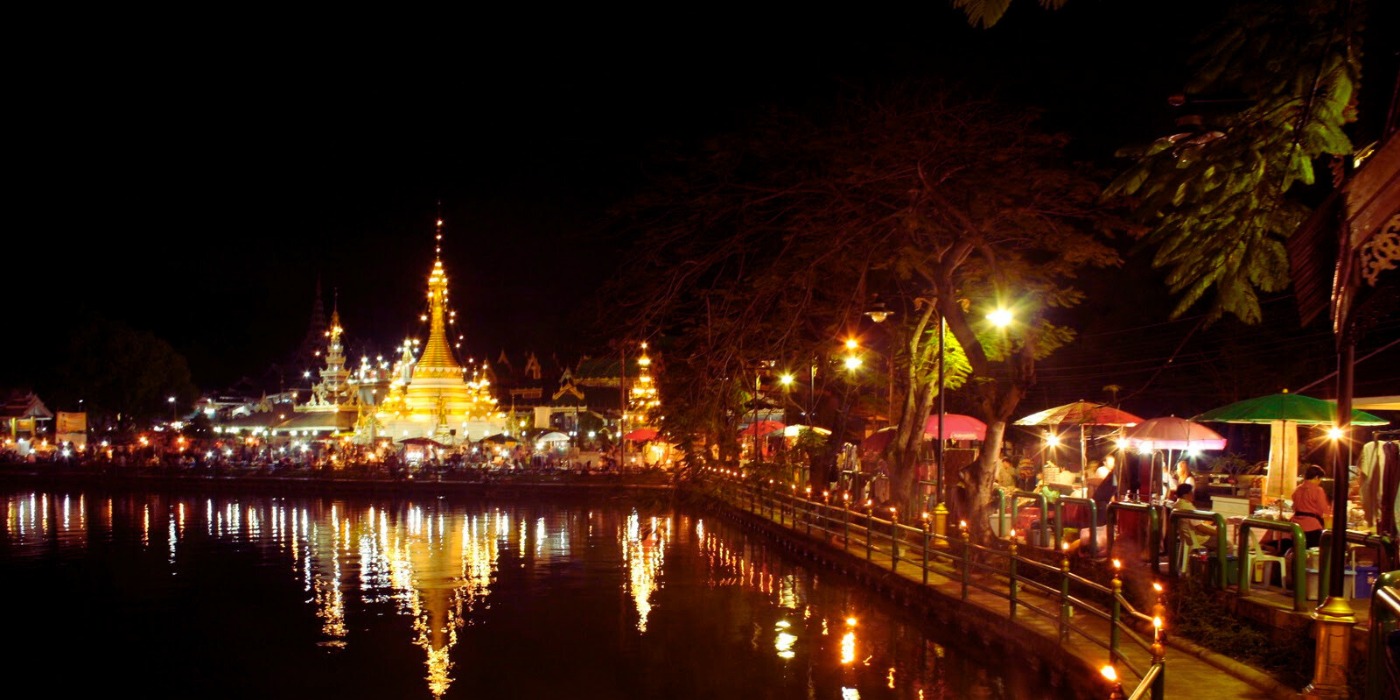
🧭 A Local Legacy Set in Serenity
Welcome to Mae Hong Son’s spiritual heart. Wat Chong Kham and Wat Chong Klang are more than just religious sites—they’re cultural icons nestled on the southern banks of the shimmering Chong Klang Lake. With their reflections glowing on the water at sunrise or twilight, it’s no wonder these two temples are the most photographed and revered places in town.
Wondering which temple is which? Just stand facing the lake. On your left lies Wat Chong Kham, the elder sibling, while the temple with the eye-catching golden-and-white chedi on your right is Wat Chong Klang. These two temples are often referred to as “the twin temples of Mae Hong Son,” embodying centuries of tradition, belief, and artistry.
🏯 Wat Chong Kham: The Ancestral Heart of Mae Hong Son
Founded in 1827 during the reign of Phraya Singharat Racha, Mae Hong Son’s first governor, Wat Jong Kham is widely regarded as the spiritual nucleus of the town. The temple was constructed by skilled artisans from the Tai Yai (Shan) community, whose deep-rooted presence continues to shape Mae Hong Son’s unique identity. Their craftsmanship, shaped by devotion and tradition, is seen throughout the temple grounds, from the elegant lines of the viharn to the intricate wood carvings and decorations.
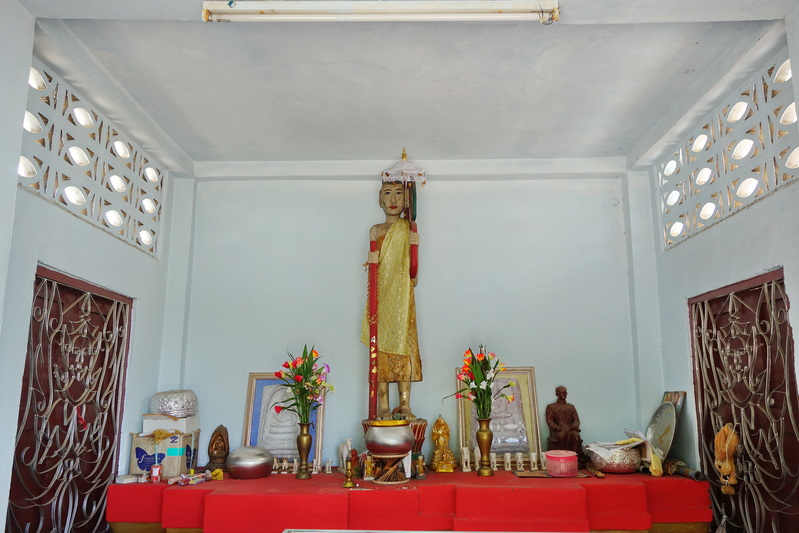
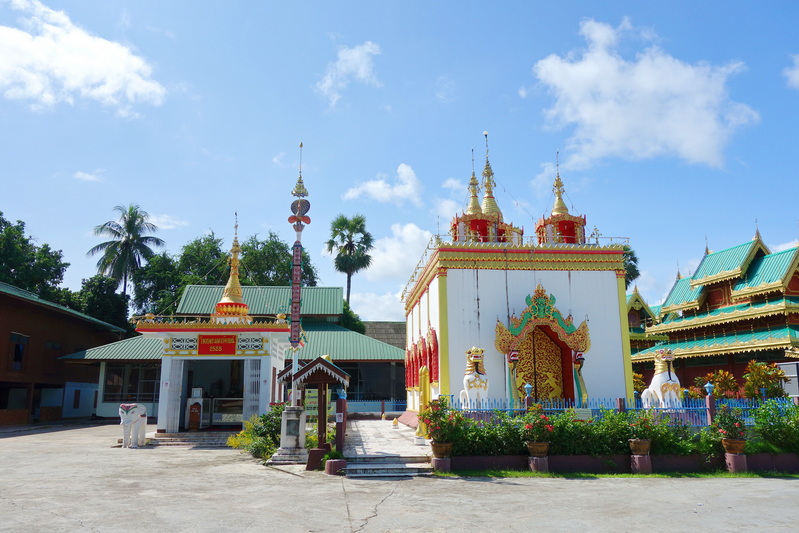
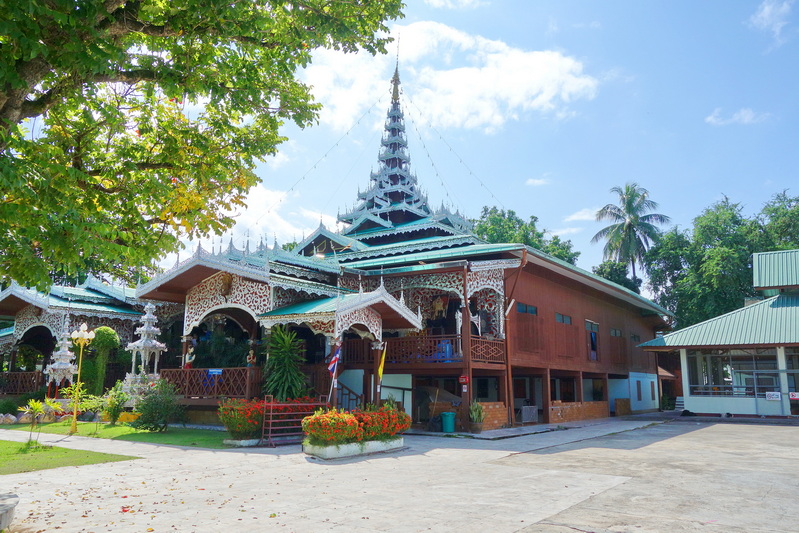
🪷 Spiritual Significance and Sacred Architecture
What truly sets Wat Jong Kham apart is its striking 9-tiered castle-style roof—a design reflecting the Tai Yai belief in sacred hierarchy and celestial realms. Each tier symbolizes ascension and the divine connection between heaven and earth. Though a devastating fire in 1970 destroyed much of the original structure, the community’s passion and skill brought it back to life through meticulous reconstruction. Today, the temple retains many of its original elements, including its signature fretwork and lattice panels that exemplify classic Tai Yai artistry.
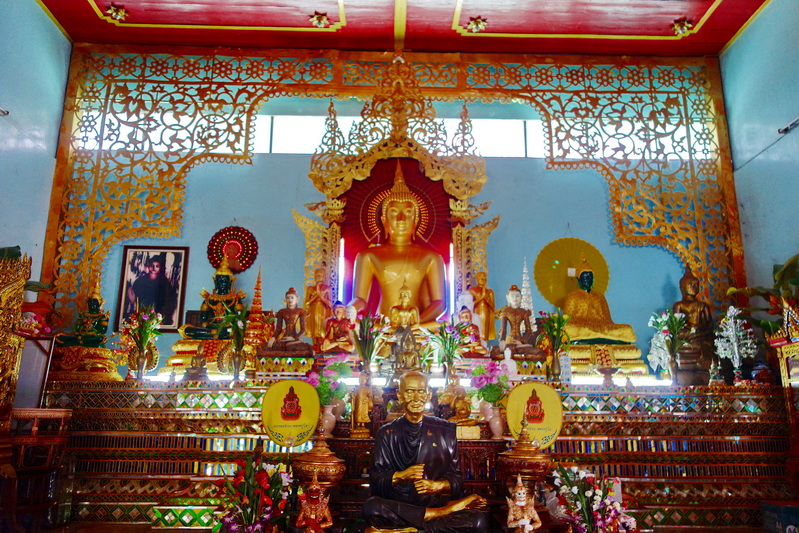
🕉️ Viharn Luang Por Tho: The Great Buddha
Step inside the viharn, and your eyes will immediately be drawn to Luang Por Tho, a majestic seated Buddha that commands spiritual reverence. Cast in 1926 by Burmese artisans, this 4.85-meter-wide statue is modeled after the revered image at Wat Suthat in Bangkok. Despite its massive scale, the statue evokes a serene tranquility that permeates the temple. Pilgrims often sit in silence here, meditating or paying respect, surrounded by the temple’s peaceful atmosphere and symbolic carvings.
🏛️ Wat Chong Klang: Living Museum of Shan Culture
A few steps away, Wat Chong Klang complements its sister temple with an identity that leans heavily into the artistic and historical. With its tall, gleaming white-and-gold Mon-style chedi topped by tiered umbrellas, the temple exudes grace and cultural richness. Built slightly later than Wat Chong Kham, this temple serves as both a place of worship and a treasure trove of Shan art. The moment you approach the wide-open wiharn, you’ll feel like you’re entering an interactive museum that tells stories rather than just displays them.
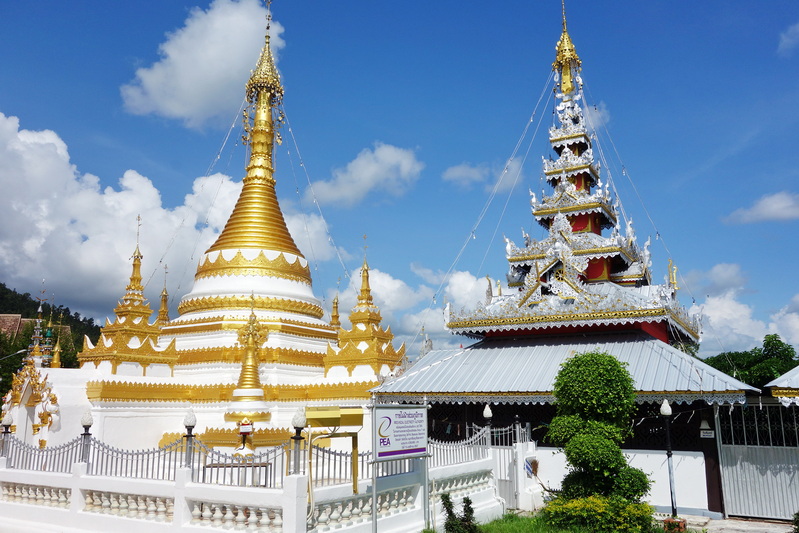
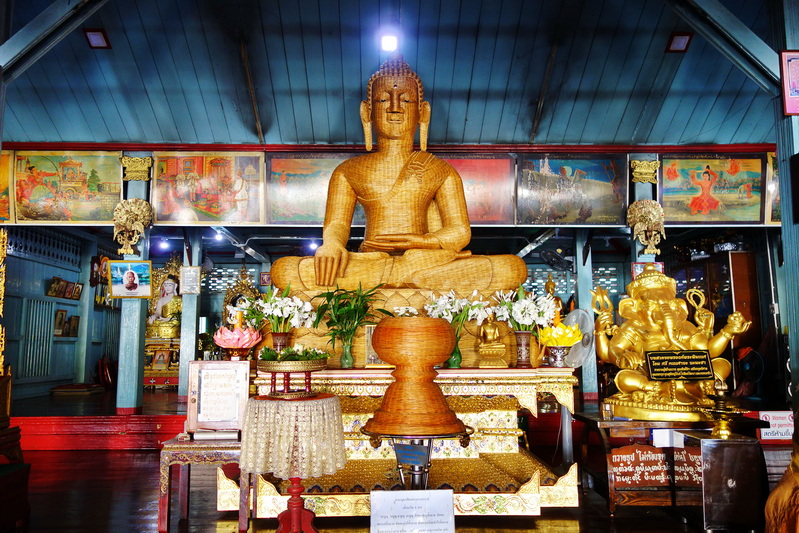
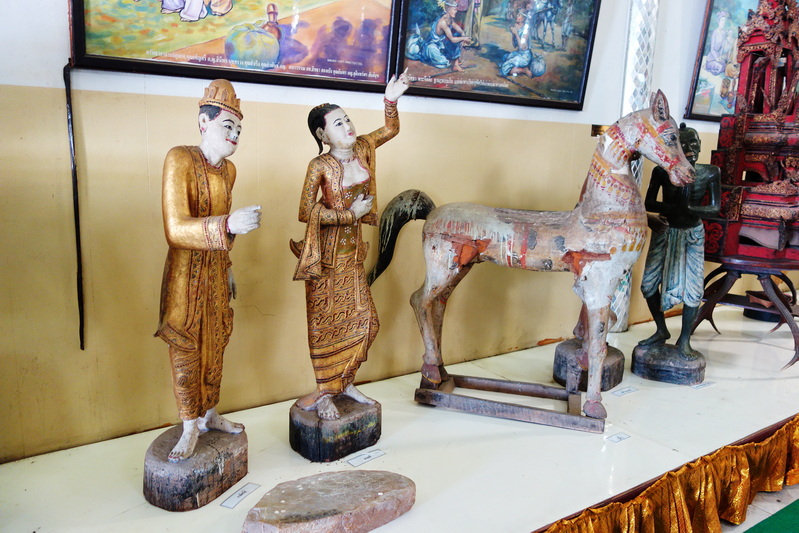
🖼️ Glass Paintings and Wooden Dolls
One of Wat Jong Klang’s most captivating features is its collection of glass paintings—delicate artworks brought from Mandalay in the late 19th century. These paintings depict tales from the Jataka and the life of the Buddha, filling three entire walls with rich color, detail, and storytelling. Unlike traditional murals, these reverse-painted glass images shimmer under the temple’s natural light. Behind the main hall, a lesser-known treasure awaits: 33 hand-carved wooden dolls portraying scenes from the Vessantara Jataka. Their expressions and postures breathe life into age-old legends.
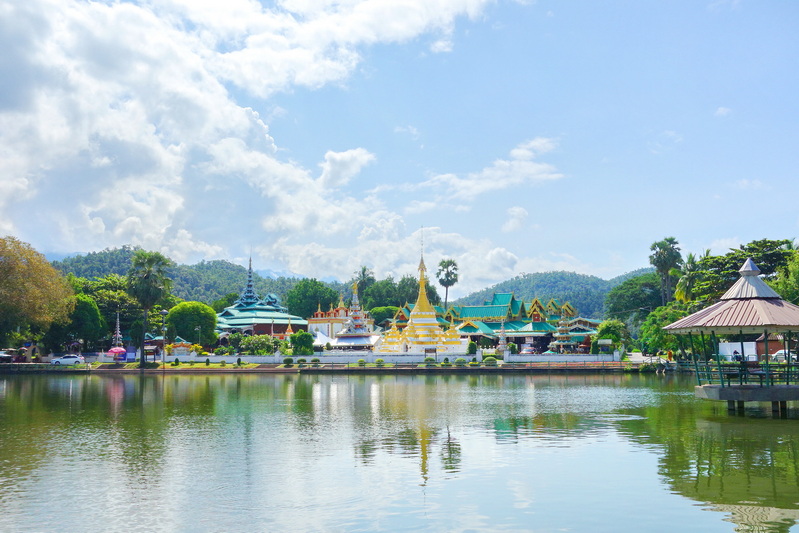
🌅 Beyond the Temples: Atmosphere and Culture
The charm of these twin temples is magnified by their lakeside location. As the sun rises or sets, the reflections of the pagodas shimmer on the still waters of Chong Klang Lake—an ethereal sight that lingers in memory. Locals gather here daily to walk, meditate, or chat under shaded pavilions. In the cooler months, especially between October and February, the area comes alive with the Mae Hong Son Walking Street Market, transforming the peaceful lakeside into a vibrant cultural promenade full of northern Thai flavors, textiles, and performances.
🎉 Festivals and Faith: When the Temples Come Alive
Beyond everyday serenity, these temples are epicenters of Mae Hong Son’s most cherished celebrations. The Poy Sang Long festival—an annual Shan ordination ritual—turns the temples into stages for color, music, and devotion. Young boys dressed as princes parade through town before being ordained as novice monks, with the temples hosting the central rituals. During Loy Krathong and the End of Buddhist Lent, the lake glows with floating offerings and candlelit lanterns, drawing both locals and visitors to join in acts of gratitude and renewal.
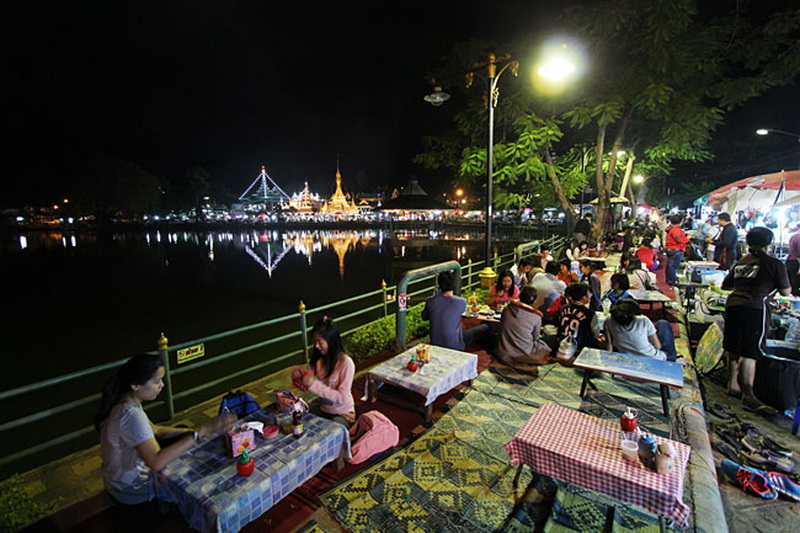
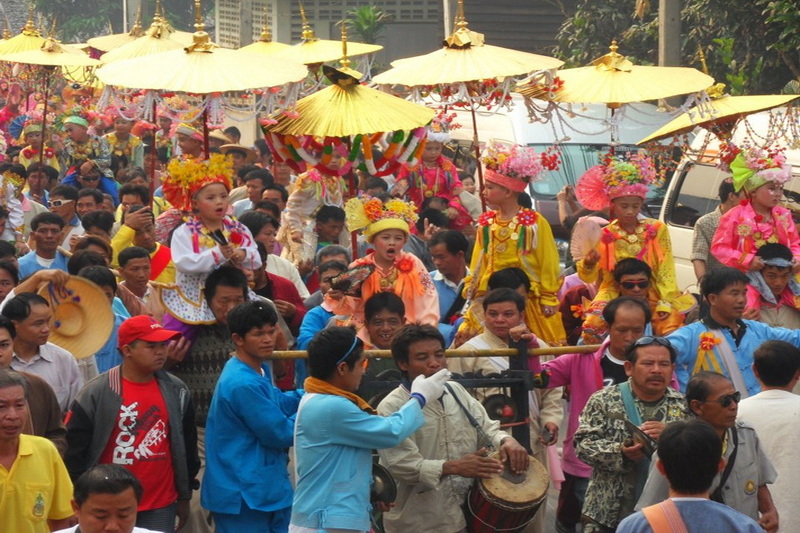
📝 Final Thoughts
Wat Jong Kham and Wat Jong Klang aren’t just places to admire—they’re experiences that resonate. From ancient stories told in glass and wood, to chants at dawn and lights at dusk, these temples embody the soul of Mae Hong Son.
If you come here looking for beauty, you’ll find it. But stay a little longer, and you’ll feel something even deeper: a quiet reverence, a cultural rhythm, and a timeless connection between people, place, and spirit.
🚘 Plan Your Visit
These Chong Kam and Chong Klang temples, often referred to together, are the heart of the town. They are a must-see part of any trip to Mae Hong Son Thailand, providing a glimpse into the spiritual life and artistic heritage of the region. A Private Tour from Chiang Mai to Mae Hong Son is a great way to experience this cultural gem. As you wander through the grounds, you will feel a sense of peace and a connection to the rich history of the Shan people. A visit to Attractions in Mae Hong Son would be incomplete without this experience.
Nearby Attractions
This hilltop temple offers panoramic views of Mae Hong Son town and the surrounding mountains. A peaceful complement to the lakeside temples.
Ban Huay Sue Thao (Long‑neck Village)
A short drive from town, this Karen hill tribe village offers cultural insight and friendly interaction with long-neck artisans.

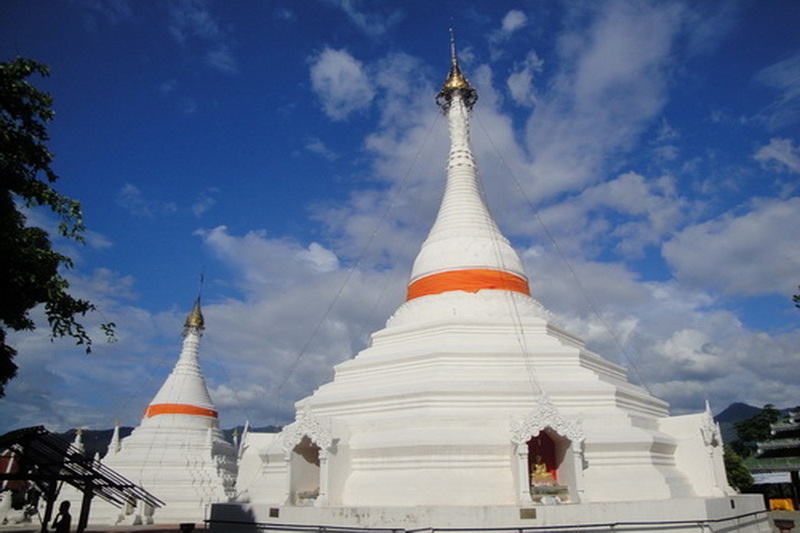
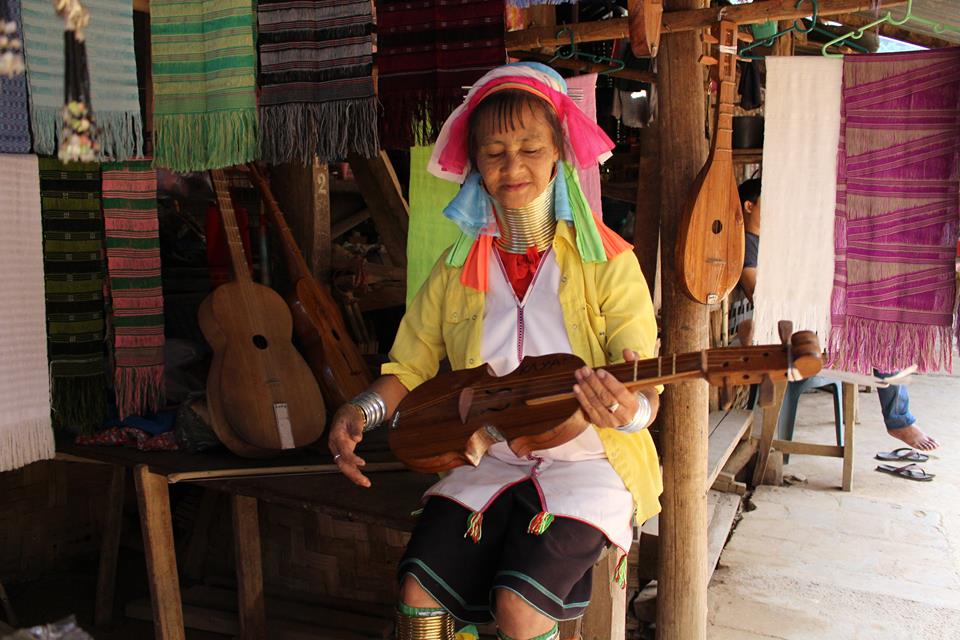


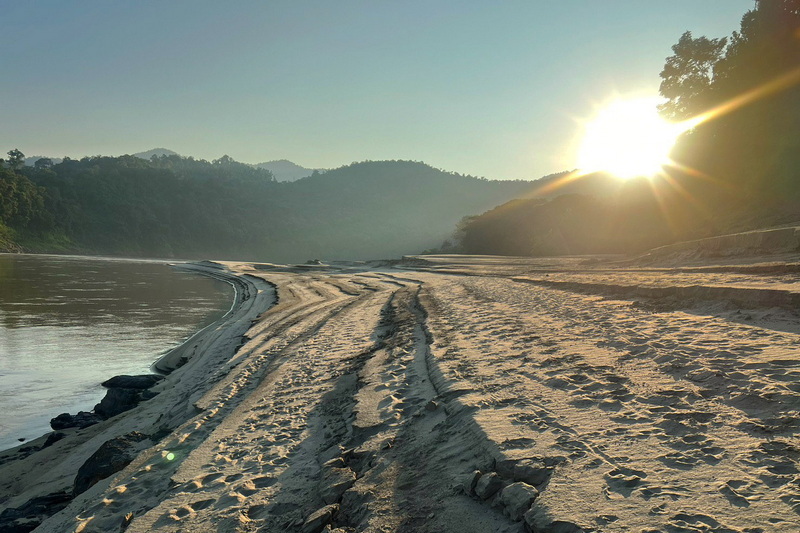


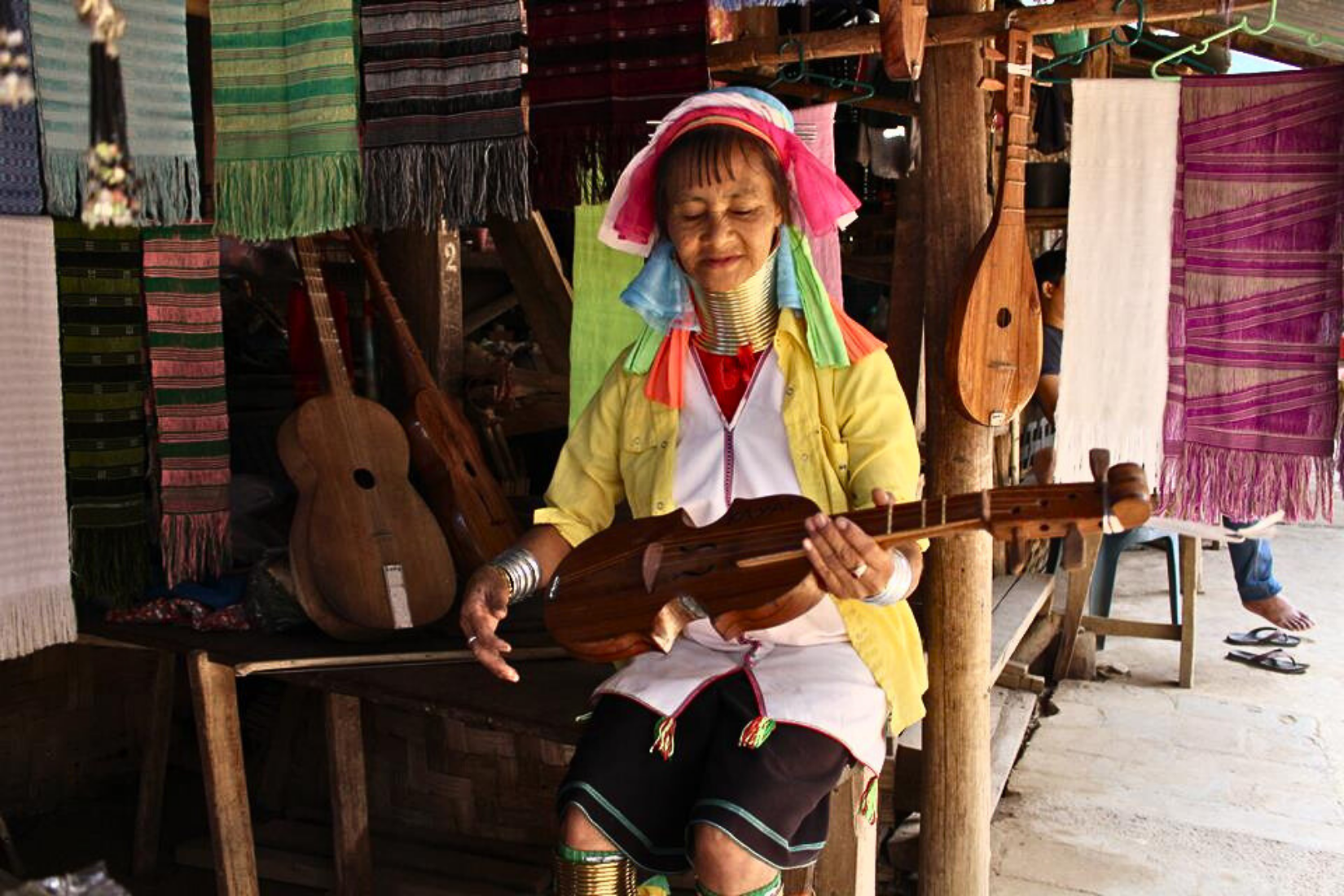






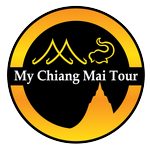






Leave A Comment